I was at a weeks long horsemanship course the first time I heard a trainer say, “The process does not look like the product.”
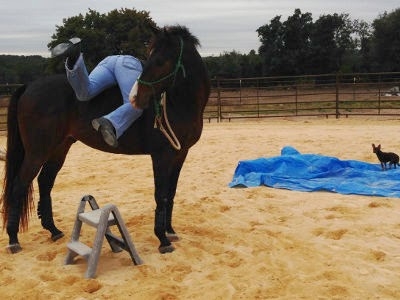
I’m sure I’d heard the phrase before in some other settings…….. but this was my first realization how much it applied to horses.
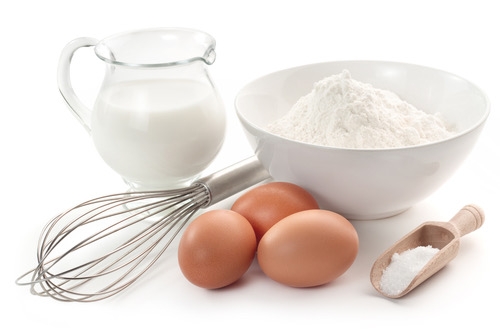
That course was a long time ago, but these days with the Zebrasaurus injured…..
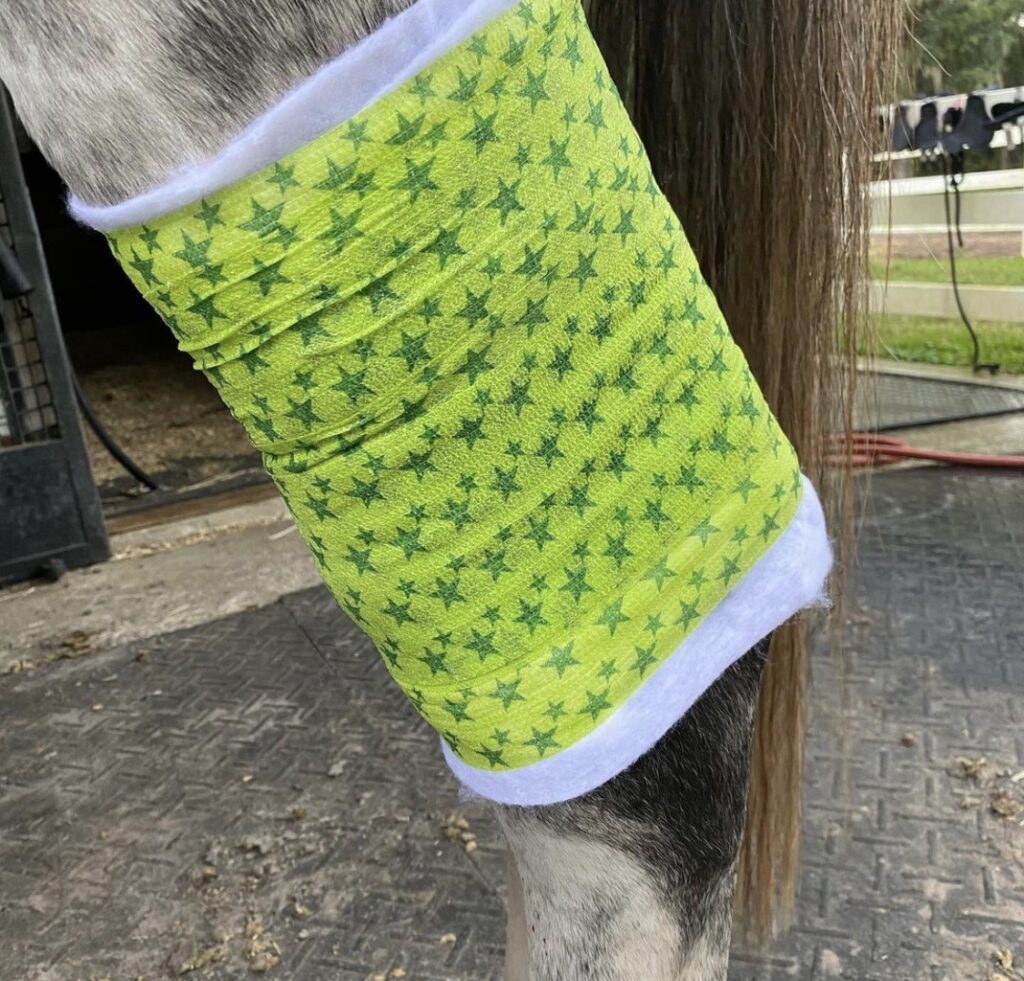
the baby horse just getting legged up……

and most of the other BadEventer ponies off to new homes…..
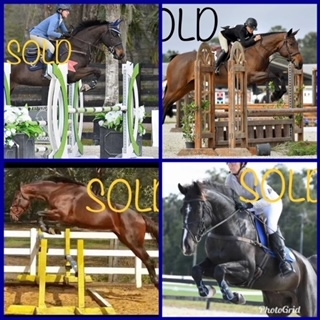
I’ve had some time to ponder the fate of the universe practice, process, & products.
Recently the mean-girl-keyboard-warriors piled on top of a friend of mine. She posted a photo of her horse with an innocent dressage question.

This isn’t her photo. This is one of me & Baby Seabiscuit during a dressage test, which is a bit more dramatic than the photo my friend posted.
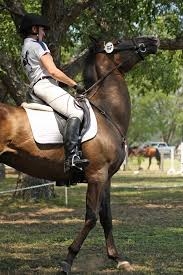
The overwhelming negative responses she received got me thinking about just how much the process doesn’t look like the product.
Let me give some background before I continue. The Zebrasaurus routinely scores low 20s in dressage. This test below scored an even 20.0 (The never ending quest for a 19.9 continues, but that’s a different story.)
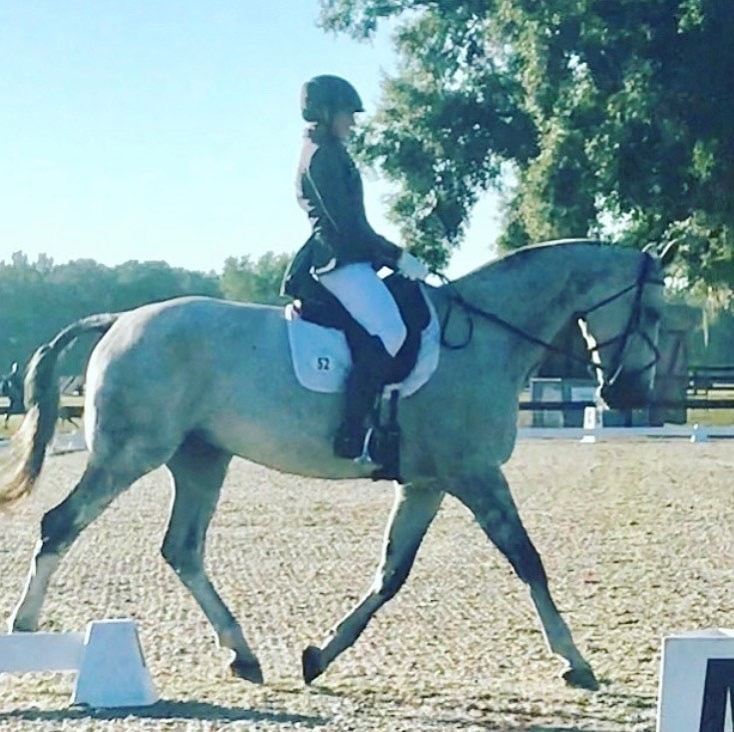
In my last 3 events, with 6 dressage tests on 3 different horses I scored nothing but 20s.
#boomgoesthedynamite #DQinthehouse

My point of all this isn’t to brag, the point is that based on my experience & performance I’m probably qualified to comment on some basic dressage questions.

Small life secret: only take advice from people that are successful in the area of the advice.

Ok – back to the beginning.
The process of training, prepping, & warming up for a 5 minute dressage test very often looks literally NOTHING like the finished product.
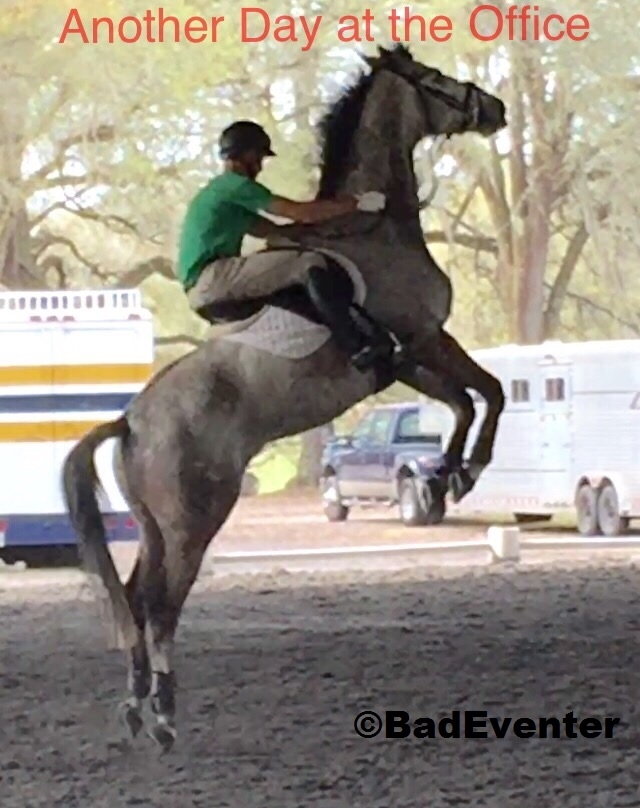
That is the “unicorn” on a regular day.
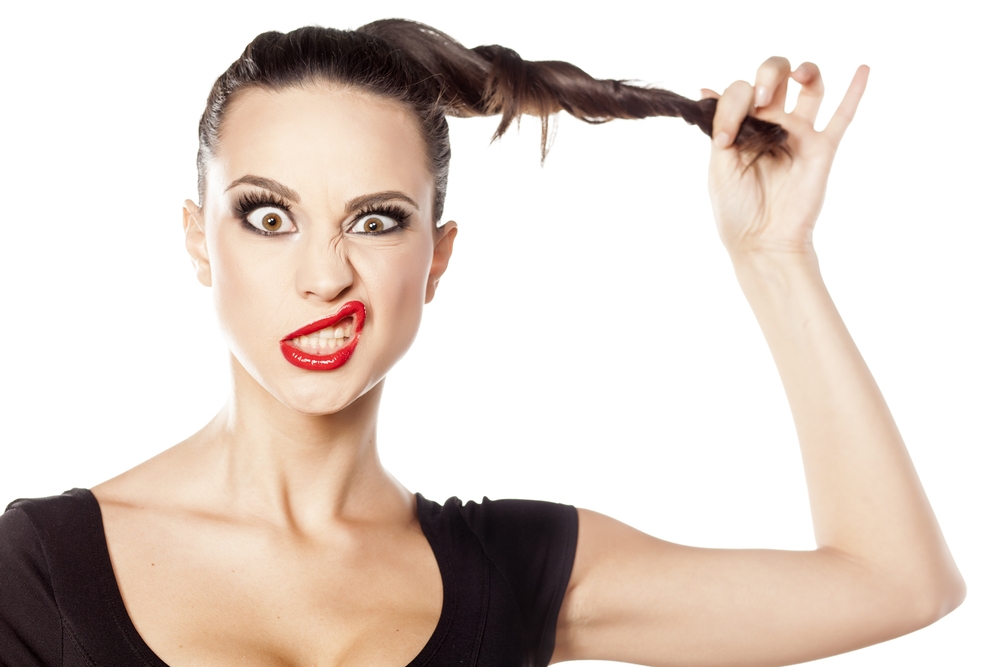
So is this.


A photo is literally a moment in time and should be evaluated as just that.
So when a ton of expert “typists” piled onto my friend about her dressage question with comments like “you need to learn how to ride”, “your horse hates you…..is in pain…… is not blah blah blah……..” or “sell your horse before you ruin it”…….

That last one is my personal favorite – having been on the receiving end of it. Sell my horse before I “ruin” it? Ruin it for what exactly? They are better fed than I am. They see the doctor, dentist, nutritionist, podiatrist….. way more than I do. They literally have their every need and tiny scrape attended to. In exchange for 23 hours a day to sleep, romp, & eat they are asked for less than an hour of their time. Not one of our horses would “choose” our sport over eating grass. So unless they’re being starved or abused being ridden by an amateur is not “ruining” them.
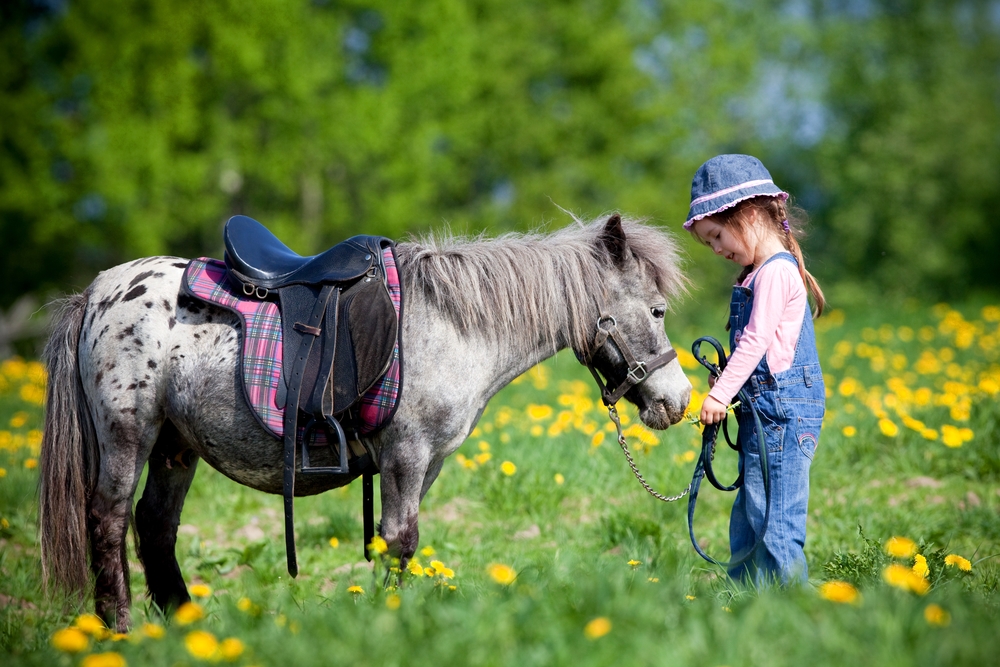
Sorry, I’ll climb down off the soapbox now.

My point is that the process of hundreds of hours of preparation for a few minutes of competition may look nothing like the finished product. And if you’re getting advice from someone who doesn’t understand the difference…………..
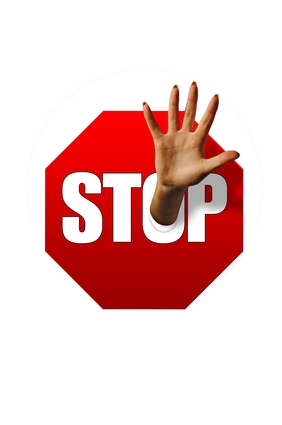
I saw a prime example of this recently at a jumper show.
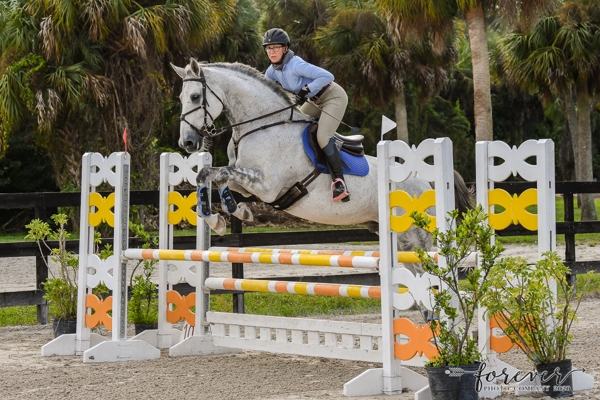
In case you don’t know who Aaron Vale is, here’s an excerpt about him,
“With over 200 Grand Prix wins and over three million dollars in prize money, Aaron Vale’s position as one of the most successful riders in American show jumping is secure and well earned. He currently holds the records for most grand prix wins in a year, most double clear rounds in a year, and most money won in a year.”
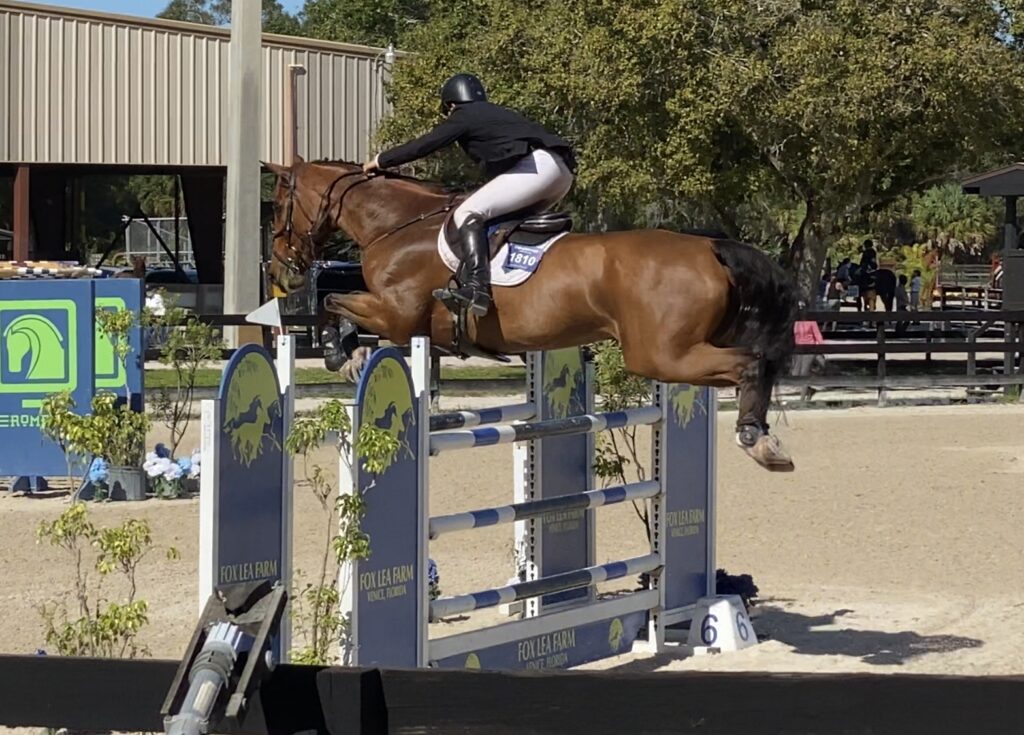
If there’s an expert in the area of show jumping, Aaron fits the description.
He had several horses in the Grand Prix so I decided to watch him go.
The performances in the ring were fast, accurate, & gutsy. Just what you would expect from a Grand Prix rider with the record for the most wins & double clears in a year.
But what I really noticed was how different his warmup was.

He set a vertical that he would figure 8 over in each direction in a canter so quiet it’s almost a “trantor” (part trot/part canter.)
Each time as he turns to the jump he just loops the reins. He didn’t even jump an oxer on some of them.
This was his warmup on every horse I watched in the Grand Prix. Not once did he approach the fence anywhere near the pace he would use later in the ring. He also didn’t exactly look for any distances, he just looped the reins & let the horse sort it out.
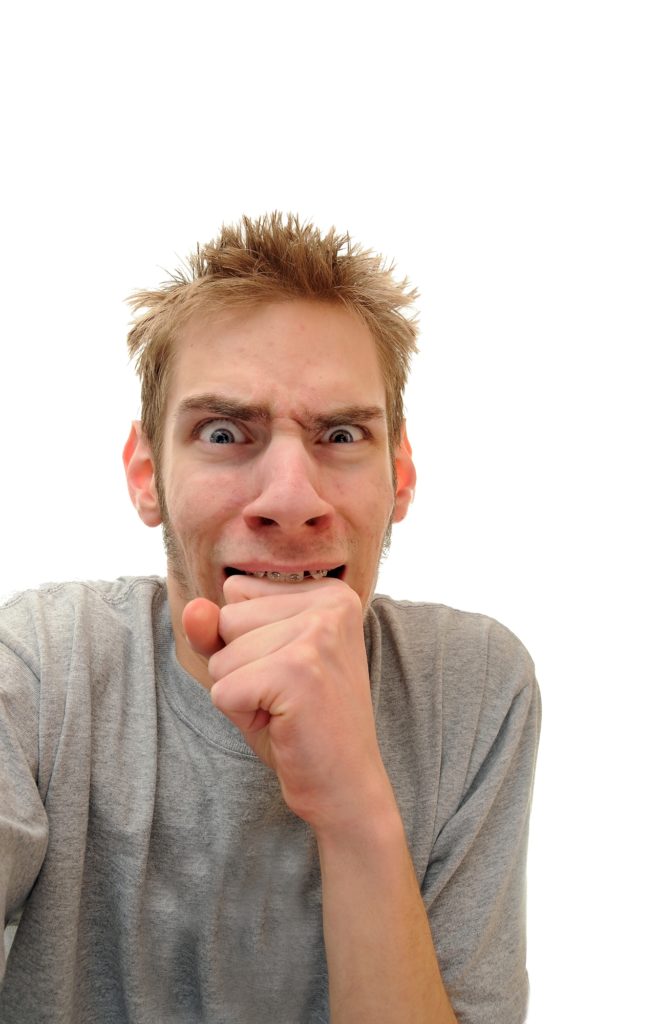
Once he’d jumped to a relative height, he’d pick up his reins & head to the ring.
It puts “practice makes perfect” & “the process doesn’t look like the product” seriously on the map. This is some of the video I managed to get. Check out how different that warm up looks!